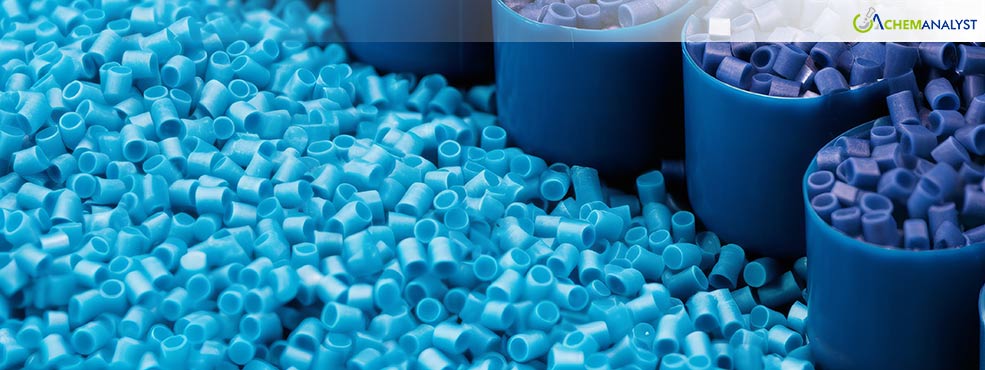Global PP Markets Tread Cautiously Amid Post-Eid Uncertainty and Weak Demand
- 01-Apr-2025 8:00 PM
- Journalist: Bob Duffler
At the end of March 2025, the global Polypropylene (PP) market exhibited mixed trends. North American, European, and South American markets remained bearish, while South Asian and Middle Eastern markets held steady. The Far East Asian market stabilized after early March gains. Demand conditions varied globally, with some demand emerging from India, while suppliers and procurers in Turkey and the Middle East awaited clarity post-Eid Al-Fitr.
In the U.S., PP prices declined by approximately 3.2% by the end of March 2025. The bearish trajectory of feedstock Propylene prices since late February continued to weigh on PP prices. Sporadic procurements previously supported buying activity, however further slowed by month-end. Weak demand also contributed to the decline, with consumer confidence falling by 7.2 points to 92.9, despite increased consumer interest in big-ticket purchases amid tariff concerns. Export prices remained uncompetitive, with Mexican and Canadian buyers shifting to Asian suppliers due to declining business sentiment and tariff volatility. Mexican PP imports remained highly dependent on freight costs from Asia, with buyers sourcing from the U.S. only when Asian freight charges were unfavorable. Chemical railcar loadings rose by 3% to 34,140 for the week ending March 22, facilitating some cargo movement.
In South America, PP prices remained subdued throughout March, with ample supply keeping prices in check. Additionally, some import volumes of PP arrived from Argentina and Egypt, the only tariff-exempt sources. Brazilian suppliers noted a gradual decline in preference for Chinese material but discounted sales of existing Chinese inventories contributed to price declines.
In Europe, PP supply improved as production returned to near-normal levels. Some Fluid Catalytic Crackers resumed operations after running at reduced rates in Q1 2025, while others emerged from force majeure shutdowns. With supply having for the most part returned to normal levels, the European propylene contract dropped in April which resulted in feedstock Propylene prices dropping by almost 4.5% during the second half of March 2025. Overall, across the European market the restoration of supply levels was largely supported by operating rates of PP plants which gradually improved from historically low of 60 to 65% witnessed in Q4 2024 which further supported backlogged inventory from February 2025 and March 2025 maintaining supply pressure in the market. Market participants further reported to that buying appetite amongst downstream customers continued to remain weak as key industries such as automotive and construction continue to perform poorly. Even demand from the packaging sector remained subdued as consumers pullback on spending.
Across the Asian, Turkish, and Middle Eastern markets, PP demand remained low, with traders largely on the sidelines. In Southeast Asia, buyers in Malaysia and Indonesia delayed deliveries due to Ramadan, maintaining adequate stocks and postponing purchases until after Eid Ul-Fitr. The Middle East also saw sluggish export demand, particularly from Turkey, where market sentiment worsened following the arrest of Istanbul’s mayor. This led to a 3.4% depreciation of the Turkish lira against the USD in mid-March, prompting PP buyers to halt procurements until the exchange rate stabilized.
India stood out as an exception in Southeast Asia, with demand driven by restocking ahead of the new academic year in April, particularly in the packaging sector. However, inventory backlogs weighed on prices, with major producers like Reliance and IOCL rolling over existing quotations for April deliveries. In East Asia, PP prices remained elevated but stable. In Japan, PP plant operating rates fell from 80.6% to 76.0% over the month, tightening supply. In South Korea, negative profit margins for PDH units exerted upward pressure on prices despite sluggish demand from broader South Asian markets.
Globally, PP market sentiment remains in "wait and see" mode, with expectations that post-Eid Ul-Fitr trade will provide direction. However, significant improvements are unlikely, as suppliers continue holding adequate inventories, delaying procurements until mid-April 2025.



